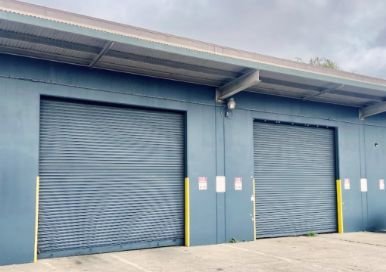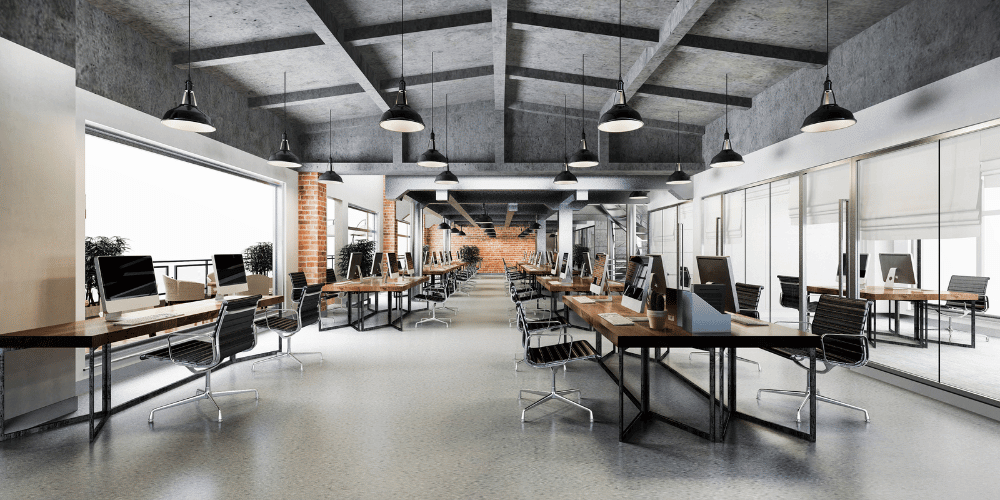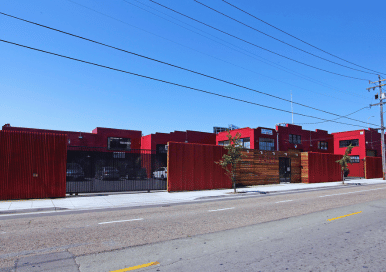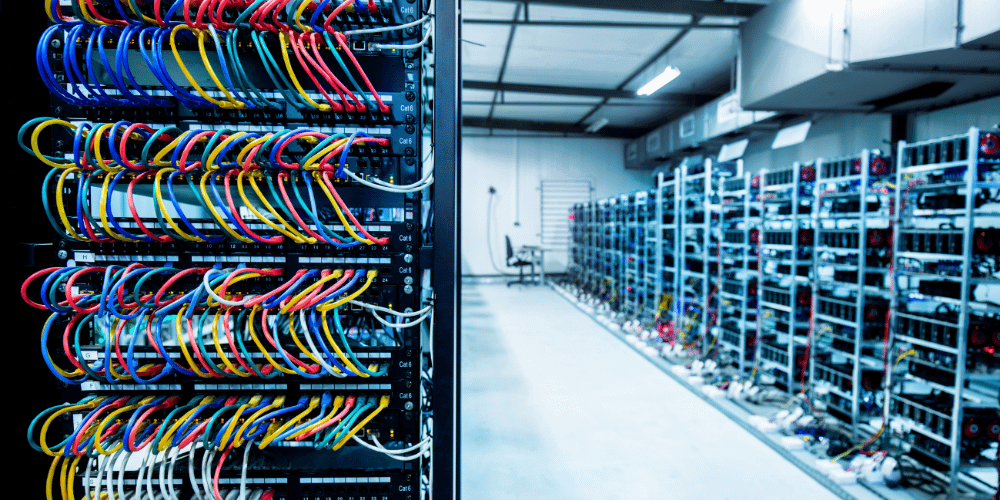
2400 Filbert St
Oakland, CAMultiple Warehouse Units. Multiple Warehouse Units.

If you’ve been around real estate circles lately, you’ve probably heard about Flex Space. But what does it really mean, and how can it benefit your business?
Well, people are embracing new ways to organize their workspaces. They’re looking for solutions that are efficient, cost-effective, and adaptable to the fast-paced business world of today.
For years, businesses rented fixed real estate spaces for specific purposes on long-term leases, usually around ten years. For example, a company might rent separate spaces for its warehouse and offices. This setup was standard practice, but it’s starting to show its limitations:
This is where flex spaces come in handy.
Flex space in commercial real estate refers to versatile workspaces that can be easily adapted to meet changing business needs. These spaces combine office, warehouse, and sometimes retail areas in a single property, offering flexibility in layout, lease terms, and functionality.
Flex spaces have become a popular option for businesses that require multiple operations to be conducted under one roof. These converted light industrial spaces offer versatility and adaptability, making them a blank canvas on which companies can build their ideal office space.
One unique feature of flex spaces is the ability to add or remove specific features as business needs change, allowing for maximum flexibility. They offer a professional and functional atmosphere, complete with amenities such as loading docks and warehouses.
Whether your company is looking for a long-term base or a shorter-term, more flexible option, flex spaces offer a solution that can meet the needs of a variety of businesses.

Multiple Warehouse Units. Multiple Warehouse Units.

Flexible warehouse spaces. Sizes range from 407 RSF - 18,945 RSF.
Flex workspaces can accommodate varied business needs, but there are some types of businesses and industries that are more inclined to use them. When considering the use of corporate flex spaces within a market, it is important to evaluate the most likely users.
While technically any business or entrepreneur can benefit from the flexibility and convenience afforded by such spaces, certain factors may influence their decision to do so.
For businesses specializing in research and development (R&D), office and lab space is a must. However, if their research leads to product development, there is also a need for manufacturing and warehouse facilities. Thus, having adequate space to support R&D, manufacturing, and warehousing is crucial for these businesses to thrive, which is where flex spaces come in handy.
Flex space is an appealing option for startups and businesses in the growth stage. The ability to expand is not just a matter of space but also budget. Usually, companies don’t have the financial resources for leasing separate spaces to meet all of their needs during the growth phase.
In this context, flexible spaces that offer a combination of uses come as a financial rescue. They are a less expensive solution for startups wanting to expand their operations while meeting their business requirements at the same time.
Companies in the medical and pharmaceutical sectors require space for both office and laboratories, as well as storage and retail space. Therefore, businesses in this sector need sufficient room to adequately address their unique needs.
Data centers are critical components of today’s connected world. As the internet expands, the need for data centers grows exponentially, making them essential for the storage and management of large volumes of data. These centers not only require a significant amount of storage space for servers and equipment but also offices for the people who manage it all.
Data centers can either be exclusive to a single company or space can be leased out to numerous companies. They typically house a broad range of hardware and software systems to deliver vital applications, services, and communications. The size of a data center can be massive, often exceeding 100,000 square feet, and the demand for even larger centers continues to grow.

The modernization of the corporate world and the rise of remote working have led to an increase in the popularity of flex space. A flexible workplace offers its users a myriad of benefits that cater to every aspect of a business.
Flex spaces offer the perfect solution for companies who require different types of space for different needs.
However, determining the ideal space layout can be challenging.
Flex spaces can be segmented or open and connected by common areas, but they are often confined to a single floor if they are part of industrial spaces. To make informed decisions about how to provide the right kind of space, there is a need for sophisticated tools that can analyze space utilization on various levels.
Important factors that must be considered include:
Without these, companies risk investing in inadequate space that does not cater to their tenant’s needs.
Ready to find the perfect flexible workspace for your business? Contact us today to explore our full range of flexible office solutions and get started on your journey towards a more dynamic, efficient, and adaptable workplace!